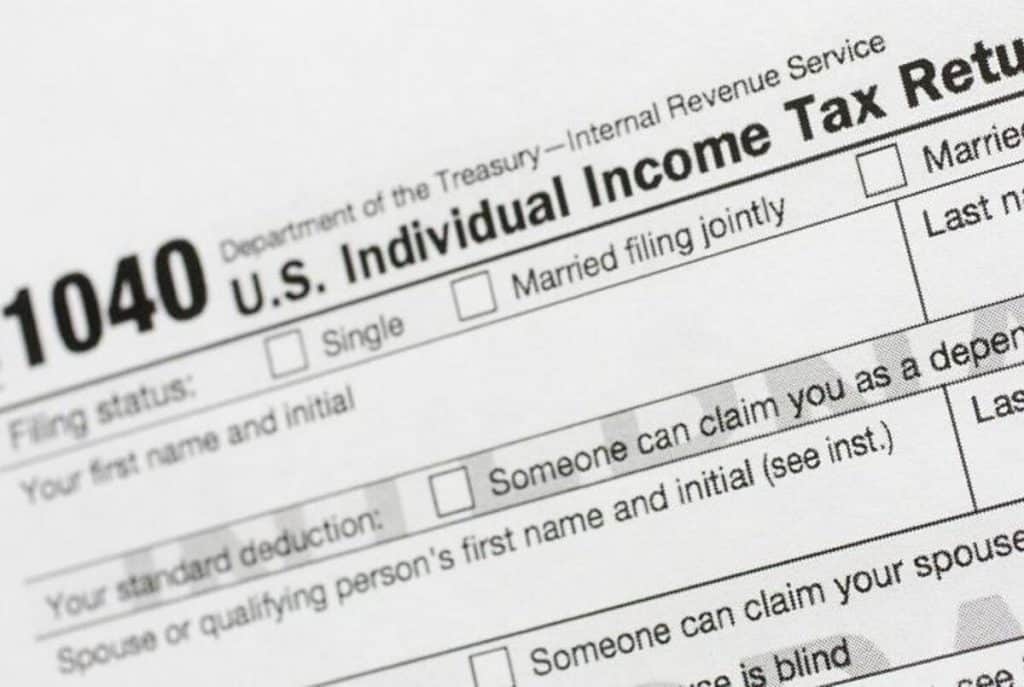Othen it comes to paying taxesit’s popular belief that it’s a complicated business, but many assure that it’s not that difficult at all once you break down the various fundamentals and understand the terminology used by the IRS.
For example, tax returns and tax refunds are not the same even though they look similar, which often causes people to confuse them.
What is a tax refund?
Tax refunds are issued by the U.S. Treasury when an individual has paid more tax than necessary, on their state or federal return, such as when an employer withholds more money than necessary from a paycheck. his employee.
In addition, those who file estimated taxes each quarter, because they are self-employed, are usually the people who recover the overpaid taxes.
The IRS refunds the overpaid amount in a single payment to the taxpayer.
What is a tax return?
A tax return, on the other hand, is the form an individual files with the IRS with your adjusted gross income, expenses, and other financial information, with most of the information taken from the W-2 statement, provided to the taxpayer. by their workplace in advance.
Among the information you can find on your tax return, there’s a lot of what you need to file your taxes, like how much you’ve already paid in taxes, your gross income and more.
A tax return also includes deductions such as charitable donations, health care coverage, home office and business expenses, contributions to your Roth IRA, and deductions for children.
In other words, to get a tax refund, an individual must first file a tax return.
